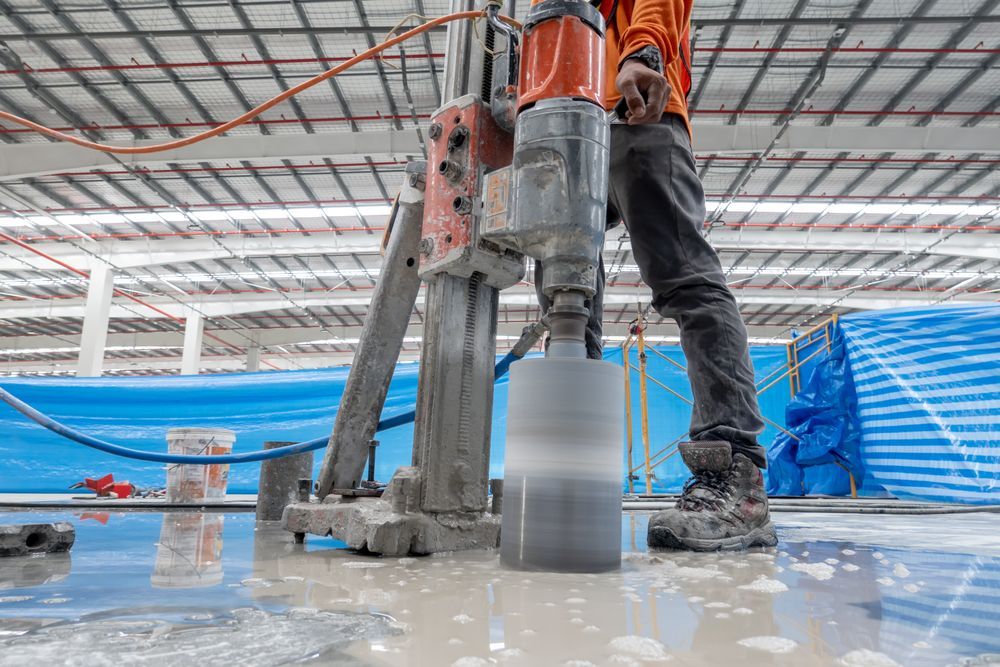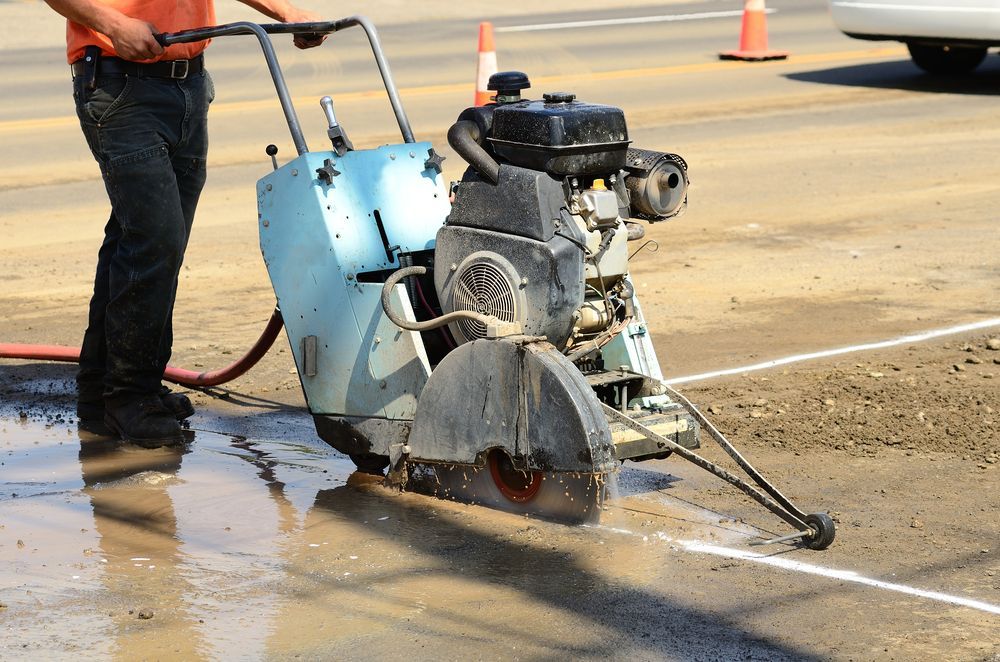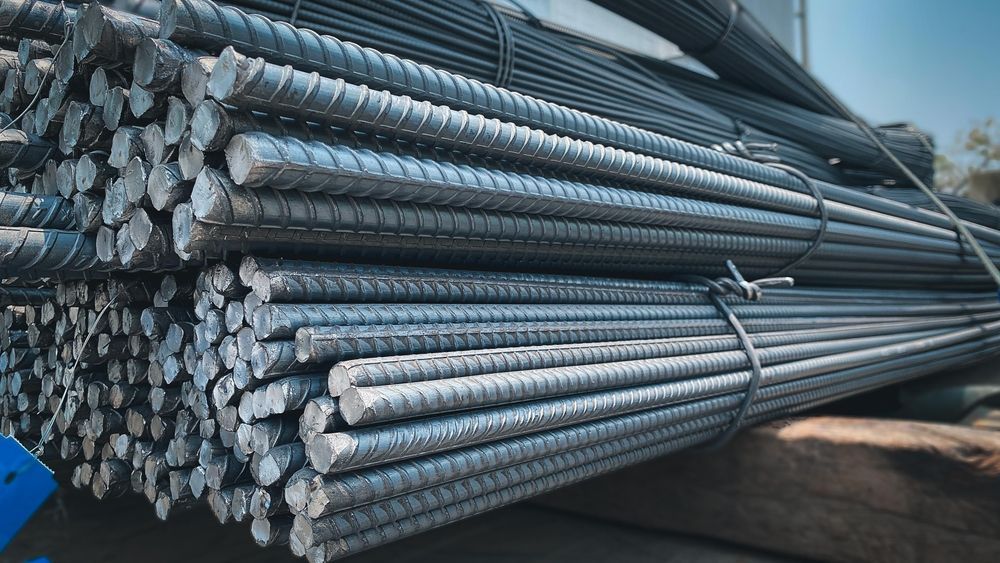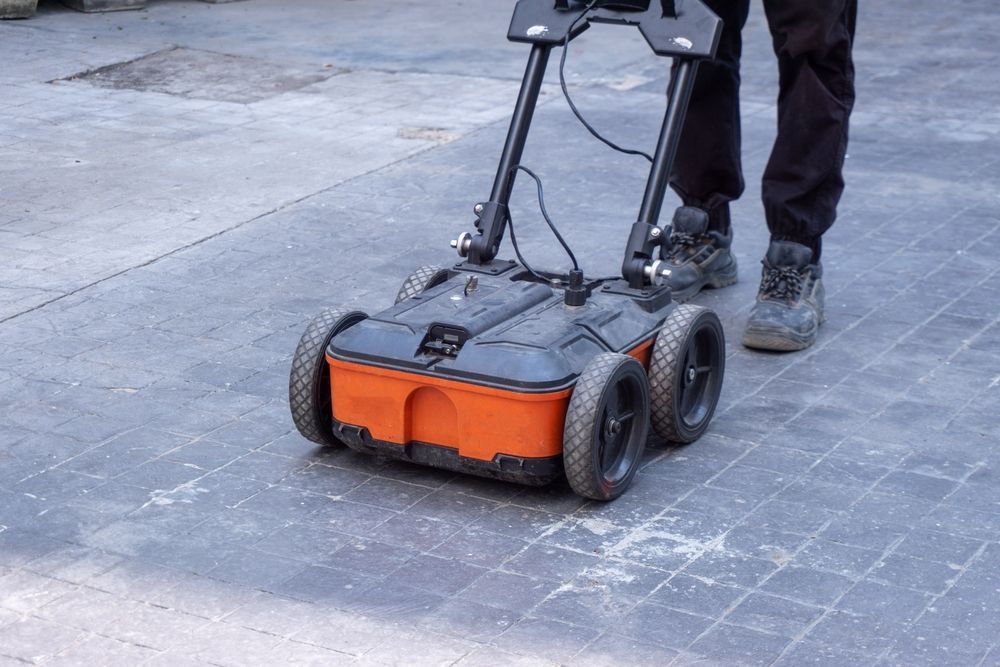Written by: Cobra Concrete Southeast

Concrete cutting requires specialized tools to achieve precise cuts while maintaining efficiency and safety. Contractors and construction crews depend on the right equipment to cut concrete, asphalt, and masonry effectively. The right tools not only improve accuracy but also enhance productivity and reduce material waste.
From large infrastructure projects to smaller modifications, having the proper tools makes all the difference. Core drills create clean, circular openings for pipes and conduits, while diamond blades provide smooth, powerful cuts. Slab saws handle horizontal surfaces, and wall saws cut through vertical structures with precision. Wire saws offer flexibility for large or reinforced concrete sections, while handheld and ring saws allow for quick, detailed work in tight spaces. Concrete pumps play a key role in pouring and repairing surfaces after cutting.
Selecting the best equipment ensures safer, more efficient work. Investing in high-quality tools leads to better results and streamlined project execution.
Most Common Concrete Cutting Tools
Concrete cutting requires a range of specialized tools, each suited for different tasks. Core drills are used to create precise circular openings, while diamond blades offer powerful, clean cuts through tough materials. Slab saws efficiently cut horizontal surfaces like roads and floors, and wall saws are ideal for vertical or angled cuts in concrete structures. Wire saws handle large or reinforced concrete sections, offering flexibility in complex projects. Handheld and ring saws provide maneuverability for smaller, detailed jobs in tight spaces. Concrete pumps assist in pouring and repairing surfaces after cutting, ensuring a smooth finish. Choosing the right tool for the job improves accuracy, efficiency, and safety.
Core Drills
How Core Drills Work
Core drilling is a precise method for creating circular openings in concrete, commonly used in plumbing, electrical, and HVAC installations. These drills use diamond-tipped bits to cut efficiently, reducing damage to surrounding structures. They can penetrate reinforced concrete and various depths, making them ideal for specialized construction needs.
Use Cases
- Creating openings for pipes, conduits, and wiring
- Extracting concrete samples for strength and quality testing
- Installing anchor bolts, dowels, and structural supports
- Facilitating utility line installations in commercial and industrial projects
Diamond Blades
How Diamond Blades Work
Diamond blades are widely used in concrete cutting due to their strength and longevity. These blades feature industrial diamonds embedded in the cutting edge, allowing them to grind through concrete, asphalt, and masonry with minimal resistance. Their design reduces heat buildup and provides smoother, cleaner cuts, making them essential for both large-scale and precision cutting tasks.
Use Cases
- Cutting reinforced concrete, asphalt, and brickwork
- Creating expansion joints for structural integrity
- Precision cutting for decorative concrete finishes
- Reducing chipping and fractures in high-precision projects
Slab Saws
How Slab Saws Work
Slab saws, also known as floor saws, are designed for cutting horizontal surfaces such as roads, bridges, and concrete slabs. These saws are available in walk-behind or ride-on models, powered by gasoline, diesel, or electric motors. Their high-powered blades allow for deep, precise cuts, making them ideal for heavy-duty applications in construction and roadwork.

Use Cases
- Cutting trenches for utility line installation
- Removing or repairing damaged pavement and concrete flooring
- Creating expansion joints to prevent cracking in large slabs
- Demolition and removal of concrete sections in renovation projects
Wall Saws
How Wall Saws Work
Wall saws are specialized tools designed for cutting vertical or angled concrete surfaces. These saws operate on a track-mounted system, ensuring precise, straight cuts in reinforced concrete, masonry, and other solid materials. Their powerful diamond blades allow for deep penetration, making them essential for structural modifications and controlled demolition. Wall saws are commonly used in both new construction and renovation projects.
Use Cases
- Cutting precise openings for doors, windows, and ventilation systems
- Removing sections of concrete walls during remodeling or expansion projects
- Creating controlled cuts for demolition, minimizing damage to surrounding structures
- Adjusting wall heights or modifying load-bearing structures
Wire Saws
How Wire Saws Work
Wire saws use a continuous loop of diamond-coated wire to slice through thick, heavily reinforced, or irregularly shaped concrete structures. This method is ideal for situations where traditional saws are ineffective due to size or accessibility constraints. Wire saws operate with minimal vibration, reducing stress on surrounding structures and allowing for precise, controlled cuts in large-scale projects.
Use Cases
- Cutting large concrete columns, beams, or foundation blocks
- Removing heavily reinforced concrete structures in demolition projects
- Making non-disruptive cuts in sensitive environments like hospitals or occupied buildings
- Accessing confined spaces where conventional cutting tools cannot reach
Handheld Saws

How Handheld Saws Work
Handheld saws are versatile, portable tools designed for cutting concrete, masonry, and other tough materials. These saws can be powered by gas, electric, or hydraulic systems, making them adaptable to different job site conditions. With a range of blade options, including diamond blades for precision cutting, handheld saws provide flexibility for quick adjustments and confined spaces where larger equipment cannot operate.
Use Cases
- Performing small-scale cutting jobs in construction and renovation projects
- Accessing tight or restricted areas where larger saws are impractical
- Making quick, on-the-spot modifications during installation or repair work
- Cutting through walls, floors, or pipes in emergency or last-minute adjustments
Ring Saws
How Ring Saws Work
Ring saws are a specialized type of handheld saw that operate with a circular cutting motion, allowing for deeper cuts than traditional handheld saws. These saws use a unique blade design that eliminates the need for a center arbor, enabling full blade rotation and maximizing cutting depth. Their ergonomic design reduces operator fatigue while providing precision in demanding applications.
Use Cases
- Cutting through thick concrete, masonry, or reinforced structures
- Performing precision cutting for intricate or detailed work
- Creating clean, deep openings in concrete walls, floors, and slabs
- Working in confined spaces where larger cutting tools are impractical
Concrete Pumps
How Concrete Pumps Work
Concrete pumps are essential for transporting liquid concrete to areas where traditional pouring methods are impractical. These pumps use high-pressure systems to move concrete through hoses, ensuring precise placement in tight or elevated locations. They are commonly used in large-scale construction projects, allowing for efficient pouring and reducing manual labor. While they do not cut concrete, they are crucial for filling, repairing, and leveling surfaces after cutting operations.
Use Cases
- Pouring concrete into tight or hard-to-reach spaces
- Delivering concrete efficiently to high-rise construction sites
- Smoothing and leveling concrete surfaces after sawing or drilling
- Reducing manual handling time and improving overall project efficiency
Need Help Cutting Concrete? We've Got You Covered!
At Cobra Southeast, we specialize in professional concrete cutting services using industry-leading tools and equipment. If you need precise core drilling, slab sawing, or wall cutting, our experienced team is ready to handle any project safely and efficiently. Contact us today to learn more about how we can help with your concrete cutting needs!
Southeast
119 Gateway Dr. #110
Canton, GA 30115
(770) 599-2098
Website imagined and executed by RivalMind.



